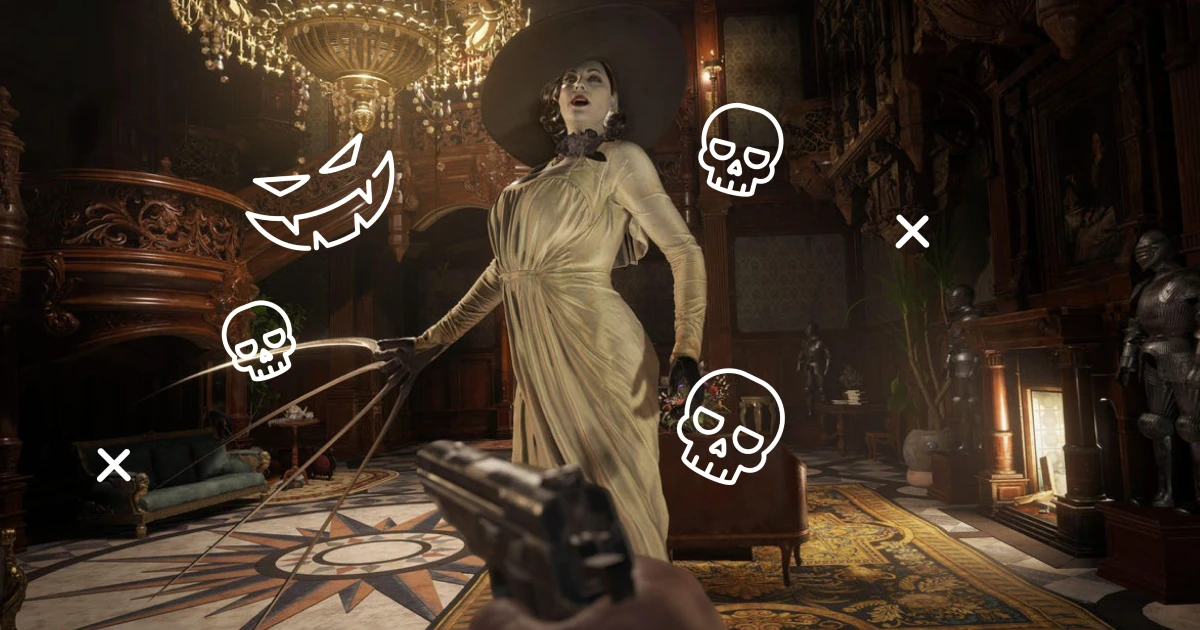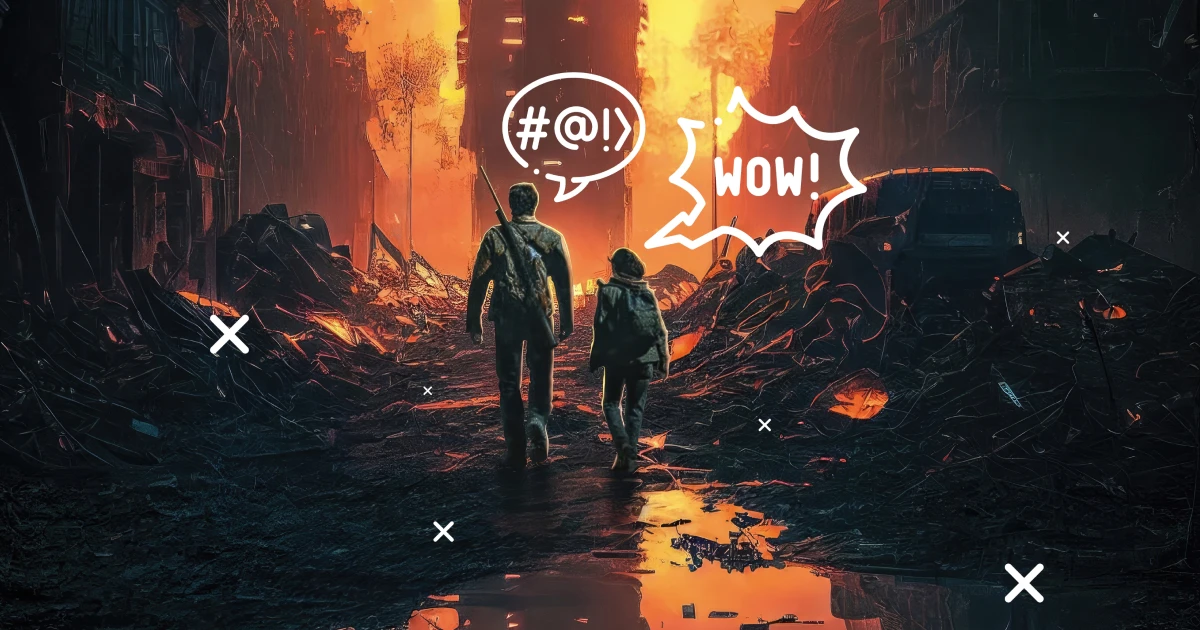Horror games have always been one of the most popular genres in the world of video games. From the early days of computer games with simple graphics and basic stories to the modern era with advanced graphics and complex narratives, this genre has introduced players to unique experiences of fear and excitement. By combining various elements such as intricate stories, realistic graphics, outstanding sound effects, and unique gameplay mechanics, horror games have managed to attract a wide audience.
In this blog, we will take a comprehensive look at horror games. We will first delve into the history of this genre, followed by an exploration of classic horror games that laid the foundation for the genre. Additionally, we will examine modern horror games that, with their innovations, have provided players with new experiences of fear and horror. This blog is to offer a complete guide for fans of horror games, helping them to better understand this exciting world and have better experiences with horror games.
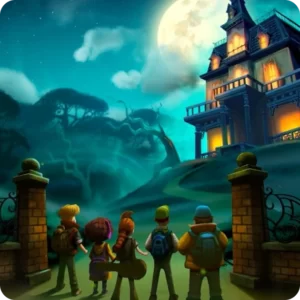
The History of Horror Games
The Beginning of the Horror Genre in Video Games
Horror games, as one of the most thrilling and exciting genres in video games, have deep roots in the 1980s. From the outset, these games were designed to create fear and excitement in players, utilizing elements such as dark environments, eerie music, and terrifying enemies to offer a unique experience.
Early Horror Games
Haunted House (1982)
One of the earliest horror games, “Haunted House,” was released in 1982 for the Atari 2600 console. Despite its simple and basic graphics, the game invited players to explore a haunted house.
Sweet Home (1989)
Released by Capcom for the NES in 1989, “Sweet Home” was an influential game in the genre. As a pioneer in combining role-playing elements with horror, it inspired later games like “Resident Evil.”
The 1990s: The Rise of Classic Horror Games
The 1990s can be considered the golden age of the horror genre in video games. During this decade, several classic horror games were released that had a significant impact on the shaping and evolution of the genre.
Resident Evil (1996)
One of the most important games of this period, “Resident Evil,” was released by Capcom in 1996. By combining elements of horror, survival, and puzzle-solving, it established the “Survival Horror” genre and remains one of the most prominent horror games to this day.
Silent Hill (1999)
Released by Konami in 1999, “Silent Hill” focused on psychological horror and complex storytelling, securing a special place among horror games. With its dark and ambiguous environments and eerie music, it offered an unparalleled experience of fear.
The 2000s: Innovation and Diversity in Horror Games
In the 2000s, horror games saw numerous innovations and greater diversity.
Fatal Frame (2001)
Released in 2001, “Fatal Frame” introduced a unique approach to the horror genre by using a camera to fight ghosts. Focusing on psychological fear and photography, it provided players with a different experience of horror.
Dead Space (2008)
Published by Electronic Arts in 2008, “Dead Space” combined sci-fi horror with action to deliver a thrilling and terrifying experience. Set in space environments with alien enemies, it became a standout game in the sci-fi horror genre.
The 2010s and Beyond: Modern Horror Games
In the 2010s, horror games reached new levels of realism and fear, thanks to advanced technologies and more complex narratives.
Amnesia: The Dark Descent (2010)
Developed by Frictional Games, this game focused on psychological fear and avoiding direct confrontation with enemies, offering a deeply terrifying and psychological experience. With its dark environment design and eerie sound effects, “Amnesia” secured a special place among horror games.
Outlast (2013)
Set in an abandoned psychiatric hospital and utilizing a night-vision camera, “Outlast” delivered an unparalleled experience of fear and horror. With its tense gameplay and terrifying environments, it became one of the standout horror games of the 2010s.
Resident Evil 7: Biohazard (2017)
Returning to its horror roots, “Resident Evil 7” offered a first-person and deeply terrifying experience. Utilizing virtual reality (VR) technology, it brought fear and excitement to a new level.
Conclusion
The history of horror games showcases the evolution and advancement of this genre from its early days to the present. From the simple and basic games of the 1980s to the realistic and complex games of the 2010s, horror games have always managed to carve out a special place in the world of video games through innovation and providing unique experiences. By combining various elements such as terrifying environments, eerie sound effects, and intricate stories, horror games have continuously invited players to a world full of fear and excitement.
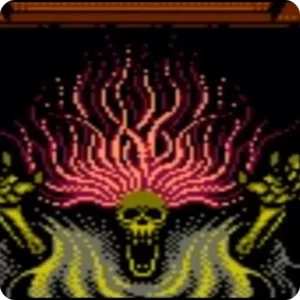
Classic Horror Games
Resident Evil
Review of the First Game in the Series and Its Impact on the Genre
“Resident Evil,” released in 1996 by Capcom, is one of the most important and influential horror games in history. Known as the founder of the “Survival Horror” genre, this game offered players a mix of fear, survival, and puzzle-solving.
Story: The game’s story takes place in a mysterious mansion on the outskirts of Raccoon City. Special police teams, S.T.A.R.S., are sent to the mansion to investigate reports of strange incidents and missing persons. Players take on the roles of Jill Valentine and Chris Redfield, uncovering the mansion’s secrets and fighting against zombies and terrifying creatures.
Gameplay: “Resident Evil” captivated players with its unique gameplay, including limited resource management, complex puzzles, and dangerous enemy encounters. Fixed camera angles and the design of narrow, dark environments heightened the sense of fear and horror.
Impact on the Genre: This game profoundly influenced subsequent horror games and set new standards for the genre. The success of “Resident Evil” led to numerous sequels and remakes and inspired many other horror games.
Silent Hill
Analysis of the Story, Gameplay, and the Series’ Impact on the World of Horror Game
“Silent Hill,” released by Konami in 1999, is another standout and influential game in the horror genre. With its focus on psychological horror and complex storytelling, it offered players a unique experience of fear.
Story: The story of “Silent Hill” revolves around Harry Mason, who arrives in the foggy and eerie town of Silent Hill searching for his missing daughter, Cheryl. Throughout the game, Harry faces his nightmares and terrifying creatures rooted in the town’s dark past. The complex and multi-layered story engages players, prompting deep thought about its concepts and mysteries.
Gameplay: “Silent Hill” uses dynamic cameras and the design of dark, foggy environments to instill fear and horror in players. The gameplay involves exploration, puzzle-solving, and fighting against terrifying creatures. Additionally, the game employs eerie sound effects and music to create a terrifying and tense atmosphere.
Impact on the World of Horror Games: By focusing on psychological horror and complex storytelling, “Silent Hill” set new standards for horror games. It inspired many other titles in the genre and is still recognized as one of the best and most influential horror games in history.
Alone in the Dark
Review of the Gameplay and Story of the Early Games in This Series
“Alone in the Dark,” released by Infogrames in 1992, is recognized as one of the first 3D horror games and significantly impacted the development and evolution of the horror genre.
Story: The story of the first game in this series revolves around Edward Carnby, a private detective, and Emily Hartwood, a young woman, both of whom enter the haunted mansion of Derceto for different reasons. Players can choose between these two characters and must uncover the house’s secrets and combat terrifying creatures.
Gameplay: With its pioneering 3D graphics and fixed camera angles, “Alone in the Dark” offered a new and exciting experience of fear and horror. The gameplay involved exploring dark environments, solving puzzles, and fighting against enemies. The game’s environment design and use of light and shadow to create a scary atmosphere were standout features.
Impact on the Genre: As one of the first 3D horror games, “Alone in the Dark” significantly impacted the development and evolution of the horror genre. By introducing new elements such as fixed camera angles and 3D environment design, it inspired many subsequent horror games.
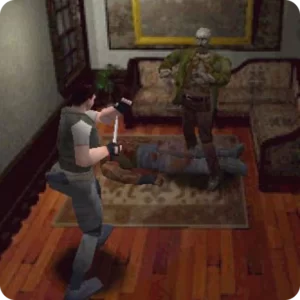
Modern Horror Games
Amnesia: The Dark Descent
Review of Features and Its Impact on the Modern Horror Genre
“Amnesia: The Dark Descent,” developed by Frictional Games and released in 2010, is recognized as one of the most influential games in the modern horror genre. By focusing on psychological fear and exploring dark and eerie environments, it offered players an unparalleled experience of fear and horror.
Features
Story: The story centers around Daniel, who wakes up in an old castle with no memory. Players must explore the castle and read scattered notes to uncover Daniel’s past and the castle’s terrifying secrets.
Gameplay: One of the standout features of “Amnesia” is the lack of weapons for players. They must survive through stealth, puzzle-solving, and escaping from terrifying enemies. These mechanics increase the sense of fear and helplessness for players.
Sound and Visual Effects: The use of environmental sounds, eerie music, and the design of dark and terrifying environments helps create a unique and tense atmosphere.
Impact on the Modern Horror Genre:
Increased Focus on Psychological Fear: “Amnesia” inspired many modern horror games by focusing on psychological fear and creating an eerie atmosphere.
Importance of Stealth and Player Helplessness: The game redefined fear in video games by introducing mechanics that render players helpless and force them to flee.
Outlast
Game Analysis, Story, and Its Impact on Player Fear Experience
“Outlast,” developed by Red Barrels and released in 2013, is another standout and influential game in the modern horror genre. By using terrifying effects and stealth mechanics, it offered players an intensely frightening experience.
Features
Story: The story revolves around Miles Upshur, an investigative journalist, who ventures into Mount Massive Asylum to uncover its secrets. Players must uncover the asylum’s horrifying truths through documents and encounters with terrifying patients.
Gameplay: Similar to “Amnesia,” in “Outlast,” players have no weapons for defense and must survive through stealth and escaping from enemies. A night vision camera is a key tool for players, helping them navigate in the dark and identify dangers.
Sound and Visual Effects: The use of environmental sounds, eerie music, and the design of dark and frightening environments enhances the sense of fear and tension.
Impact on Player Fear Experience:
Intense and Continuous Fear Experience: “Outlast” offered an intensely frightening and continuous experience for players through its escape and stealth mechanics and terrifying environment design.
Impact on Modern Horror Games: The success of “Outlast” led to the development of more horror games focusing on psychological fear and stealth mechanics.

Resident Evil Village
Comparison with Previous Versions and Review of Technical and Story Developments
“Resident Evil Village,” the eighth installment of the popular Resident Evil series, was released by Capcom in 2021. Combining classic horror elements with modern mechanics, the game offered players a fresh and exciting experience of fear and horror.
Features:
Story: The story continues the adventures of Ethan Winters from the previous installment, “Resident Evil 7: Biohazard.” Ethan travels to a mysterious and eerie village to save his daughter, facing terrifying creatures and village leaders.
Gameplay: “Resident Evil Village” offers a diverse gameplay experience by combining horror and action elements. Players can use various weapons to fight enemies and solve complex puzzles to advance the story.
Technical Advances: The game uses the advanced RE Engine, which helps create beautiful and terrifying environments with high detail. Dynamic lighting and realistic sound effects increase the sense of fear and tension.
Comparison with Previous Versions
Story and Character Development: “Resident Evil Village” continues Ethan’s story and introduces new and interesting characters, contributing to the development of the Resident Evil universe.
Technical and Graphical Advances: The use of the RE Engine has enhanced the graphical quality and created more realistic and terrifying environments. This version also utilizes new technologies such as Ray Tracing to improve lighting and shadows.
Combination of Horror and Action Elements: Unlike the earlier versions, which focused more on fear and horror, “Resident Evil Village” combines action and horror elements, offering a more diverse and exciting experience for players.
Conclusion
In this blog, we aimed to explore the history, classic, and modern horror games. We hope these reviews have been helpful and have provided a better understanding of the fascinating and exciting world of horror games. With the knowledge gained, you can now have better experiences with these games and create unforgettable moments of fear and excitement.
